Retaining Wall Repair
With Decades of Repair Experience, There’s Nothing We Can’t Fix.
View Gallery Contact UsWith Decades of Repair Experience, There’s Nothing We Can’t Fix.
View Gallery Contact Us





Our reputation in the industry is unmatched when it comes to improving the yards of homeowners. In partnership with you, we construct a shared vision for your yard, and then we handle everything else. With our skills and experience, your project will be completed correctly, so you won’t need to worry.
We offer excellent quality retaining wall repair services at an affordable price. With every project, we look for ways to improve to maintain a competitive edge.
Creating your dream exterior is what we are all about. We provide a wide range of services, from design work to obtaining permits. To ensure your involvement, we guide you through the process. Our team understands that this can be a challenging process, which is why we are always available to help.
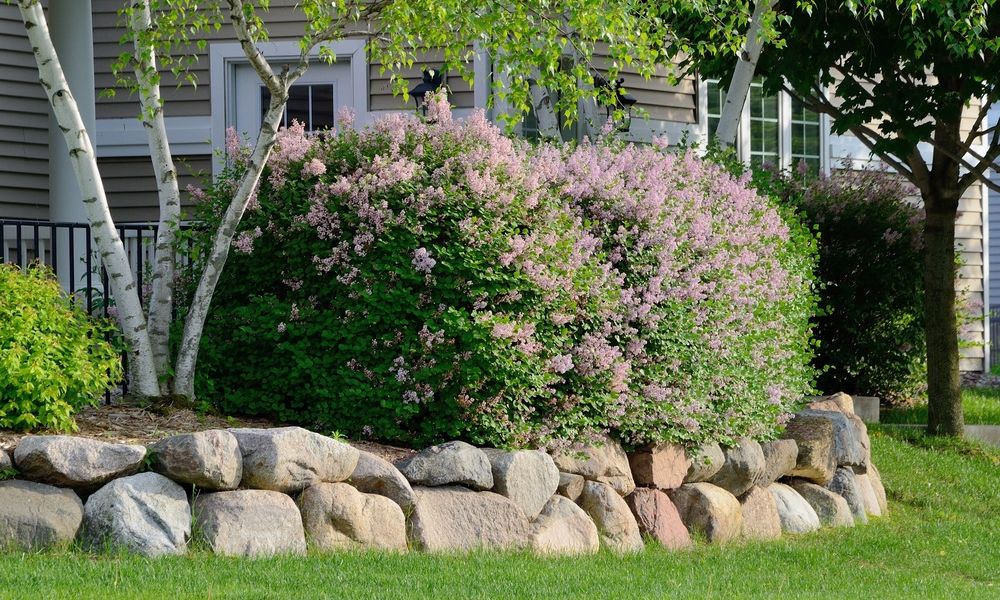
Our team of knowledgeable and dedicated contractors has built our reputation as one of the premier retaining wall repair experts in the GTA. We provide affordable and client-focused retaining wall services for all your retaining wall needs.
Our goal is to maintain a professional, open, and transparent communication process. We extend our services throughout Toronto and the Greater Toronto Area so as to reach as many people as possible.
As a testament to our commitment to serving our customers, we incorporate eco-friendly, environmentally sustainable options into our projects. We believe in doing our part to contribute to a greener future.
In order to maintain our near five-star rating on Google and HomeStars, we aim to continue growing and evolving. We are here to help you make your creative visions a reality!
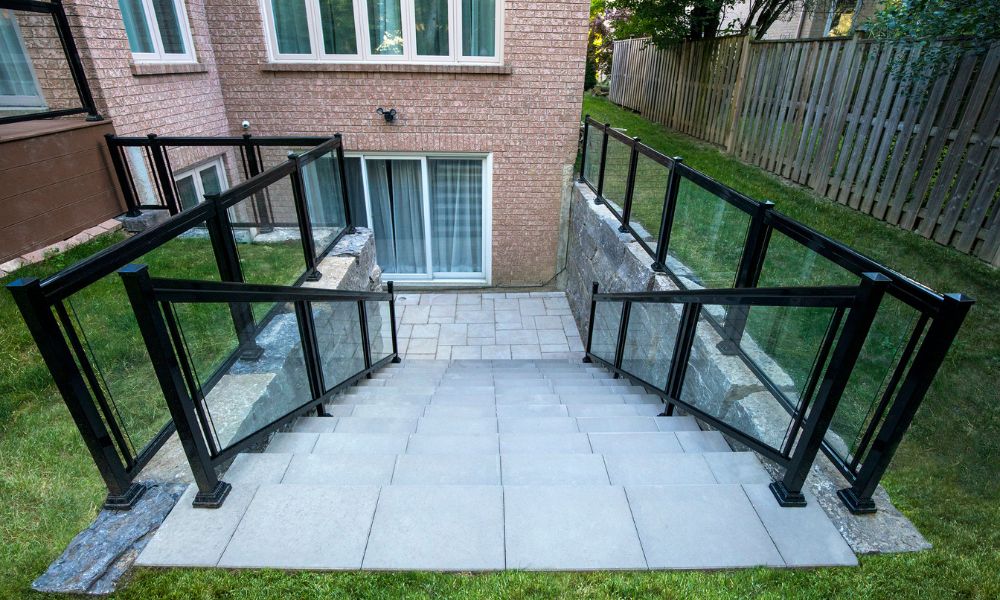






The key to a successful project is transparency and active communication. Due to the hectic nature of renovations, we have simplified our repair process into a few simple steps, which you can refer to.
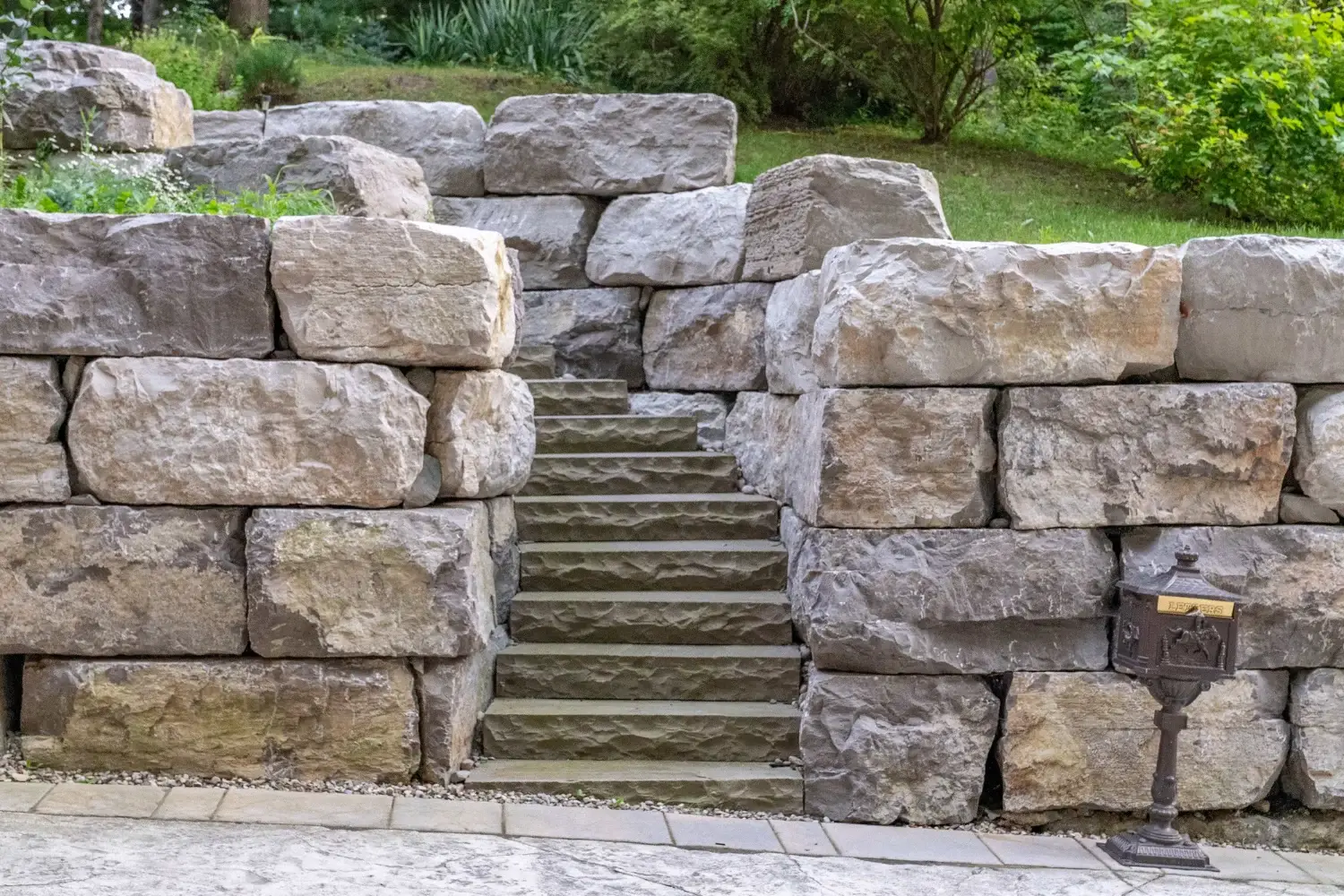
Consultations set the tone for the entire project. A free consultation is available for prospective clients on-site. We’ll discuss your project in detail, in terms of what you require for your repair. The vision and the plan will be formed during this time when we collect all the relevant details. Among these details are measurements, notes, and photographs.
We will draft mock plans for your tentative design. A variety of factors are taken into consideration, including what already exists, wants and needs, and budget. In this way, both the vision and the design can be tweaked in real-time.
An unofficial estimate will be provided once the materials and colors for the project have been determined.

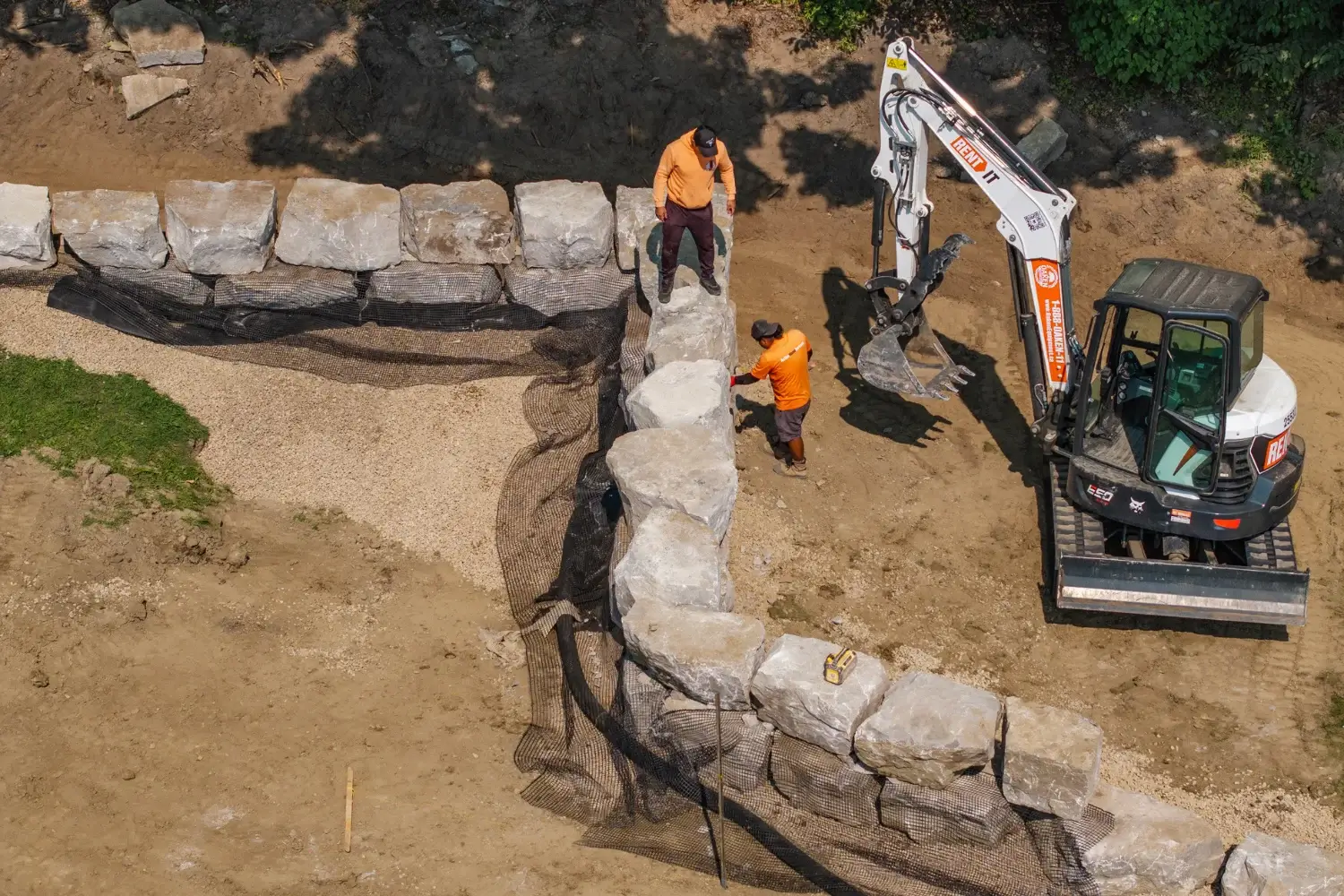
Our next step is obtaining the proper permits (if required) and adhering to local municipality codes following the final estimate and design approval. In the absence of the correct permits, construction projects can be significantly delayed.
The final phase of the process is the construction phase. We will work closely with you to ensure that design, budget, and construction deadlines are met. Following this phase, a thorough cleanup will be done to ensure your yard is left in the best possible condition.
A retaining wall is a structure that holds or contains soil or rocks. The main purpose of retaining walls is to create a more affordable, aesthetic, and long-term solution for sloped areas, which can be formed over time. They create flat spaces by stabilizing sloped areas. Retaining walls can be constructed from wood, stone, concrete, or steel. You can beautify your design with concrete blocks or natural stones.
When it comes to reshaping landscapes, retaining walls are the simplest and most cost-effective solution. Retaining walls are a great alternative to leveling the ground beneath the soil line by digging a pit.
Retaining walls can be classified into gravity walls, piling walls, cantilevers, and anchored walls. However, gravity or cantilever retaining walls tend to be the most common.
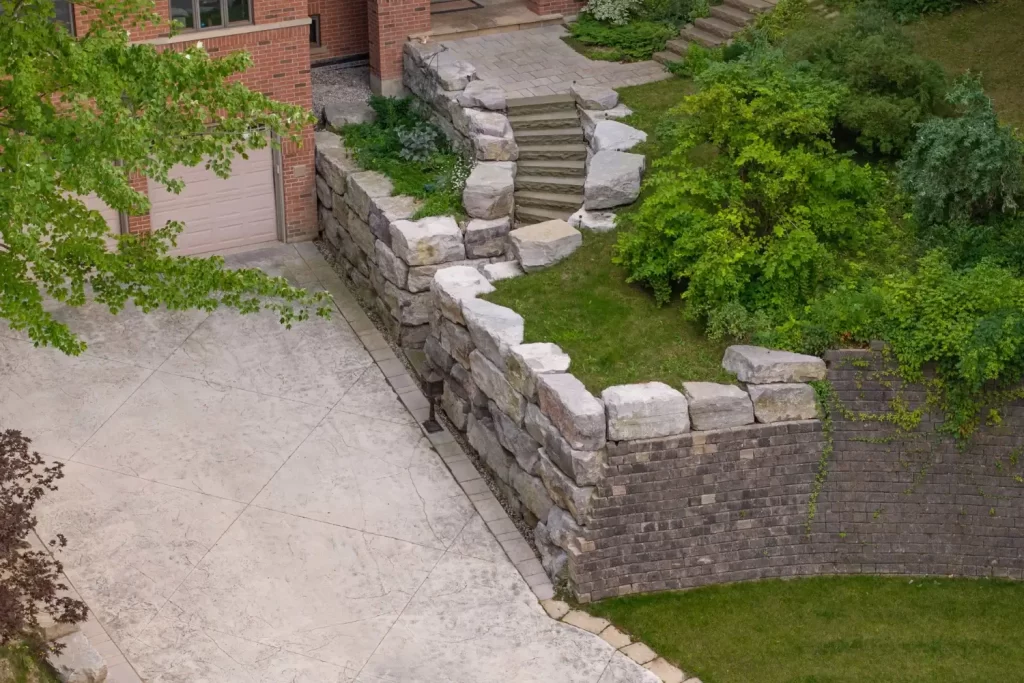
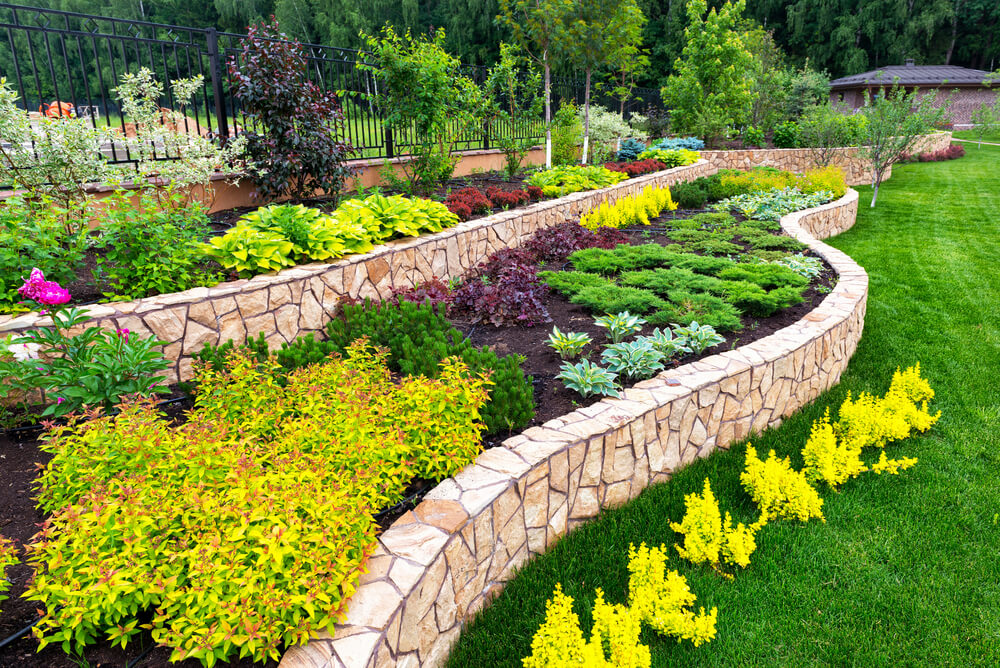
It is the weight of gravity-retaining walls and the base upon which they are built that determine their strength and stability. They can be constructed from concrete blocks, bricks, or poured concrete. The stones or bricks can be glued together using construction adhesive or cement.
A cantilever retaining wall is typically constructed of reinforced concrete or mortar masonry. These walls have a short, vertical stem that provides resistance to soil sliding and overturning. They are built to withstand lateral pressure, lasting for years, maximizing land use and increasing property value.
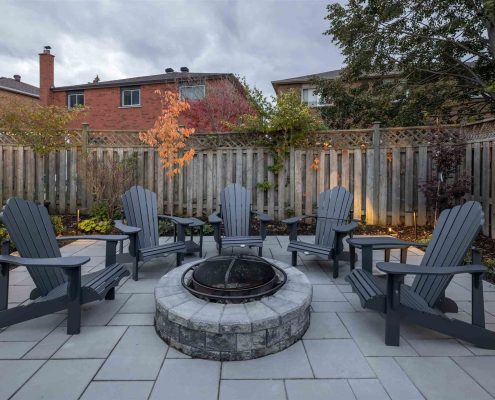
Our we are committed to providing quality customer service, on top of quality results.
Backed by a near five star rating, we are confident we can deliver results that will exceed your expectations.
We offer competitive pricing, so you know that you are getting great service for a great price.
We are always here to provide support and answer any questions that you may have .
Our experts have years of combined experience to be able to tackle any job you throw our way.
We use the best tools and equipment in the business, to help us complete all our jobs quickly and efficiently.






Retaining walls contain or retain soil. By stabilizing sloped areas, it can hold the soil’s shape, protect it from erosion, or create a flat space.
Yes, there are four types of retaining walls: gravity walls, cantilever walls, embedded walls, and reinforced soil walls.
Yes, our repair team is fully licensed and insured.
The best materials for a retaining wall repair depend on the existing structure and intended purpose of the repair. Generally, concrete blocks, bricks, stones, or timbers can be used to repair a retaining wall. Additionally, mortars and sealants may be used depending on the severity of the repairs needed.
A retaining wall repair typically takes anywhere from 1-3 days to complete, depending on the size and complexity of the project.
The cost of a typical retaining wall repair project depends on the size and complexity of the repair. Generally, costs can range from a few hundred dollars to thousands of dollars.
Yes, it is possible to extend the life of a repaired retaining wall with maintenance and regular inspection. Regular inspection helps identify potential issues before they become serious problems. Additionally, regular maintenance such as cleaning and resealing can help protect against water ingress, freezing and thawing, and other environmental factors that can cause damage over time.
Yes, there are several ways to reduce the cost of retaining wall repairs without compromising quality or durability.
And of course, hiring professional contractors who knows how to complete the job efficiently can help keep costs down. If you are looking for help with your retaining wall repair, give our team a call!
Yes, the shape and size of the space can affect the feasibility and cost of repairing retaining walls. Large spaces may require more material or labour costs to be considered feasible, while smaller spaces will require less. The area’s topography may also influence costs, as more difficult sites often come with increased labour fees. Additionally, certain shapes or slopes may require specialized materials or techniques to complete the repair successfully.
Yes, drainage is an important factor to consider when thinking about a retaining wall repair project. Proper drainage can help to prevent soil erosion and make the structure more stable. It can also help to improve water seepage and reduce moisture which can lead to potential structural problems down the line. Any repairs or improvements should account for proper drainage solutions such as incorporating a pipe system into the design or using materials that are impermeable to keep water away from the structure.
Yes, slopes greater than 45 degrees require different techniques for repairing retaining walls effectively. These techniques involve using materials such as geogrid reinforcement and specialized shapes to ensure that the structure stays stable. Additionally, steps must be taken to make sure that water is properly drained away from the wall since any built-up moisture can quickly lead to structural instability. Our specialized contractors have experience with these repairs and will likely be required for these projects due to the complexity of design and installation involved.
Yes, waterproofing sealants are important when performing extensive retaining wall repairs. These sealants help to protect the structure from damage caused by moisture and water seepage. Additionally, they can provide an extra layer of protection from potential wear and tear that may occur due to weather fluctuations or usage of the structure. It’s important to use a quality sealant in order to ensure the longevity of the structure.
You can use mortar during your retaining wall repairs. However, it should only be used in certain areas such as when creating a curved shape with the stones or filling gaps between them. Mortar should not be used to hold the structure together since it doesn’t provide enough strength for a wall of any significant height. Dry-stacked stones are generally considered to be the best option for building these walls as they are stronger and more durable than mortar.